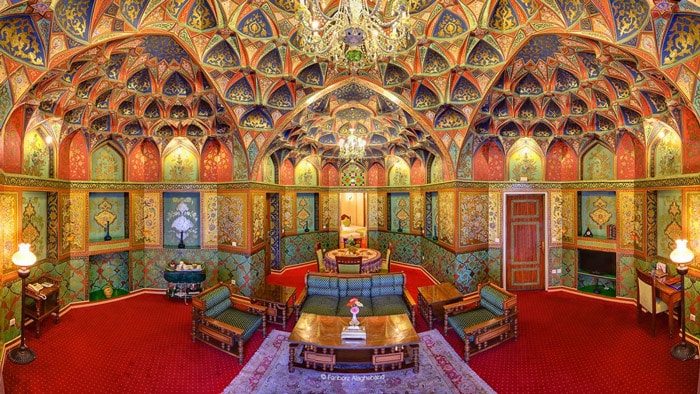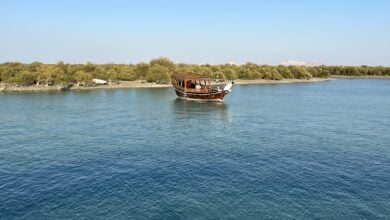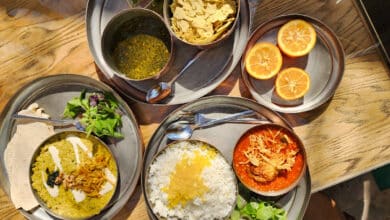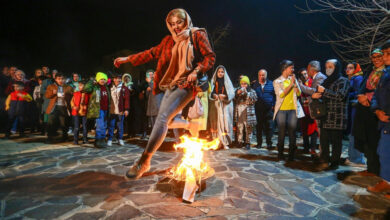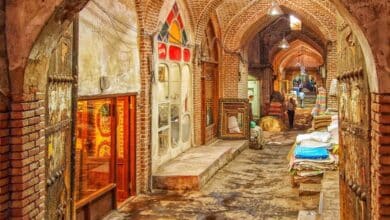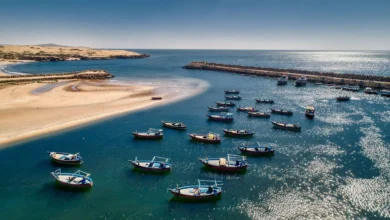Jolfa, Exploring the Armenian Quarter of Isfahan
Step Into the Enchanting World of Jolfa Neighborhood in Isfahan

Isfahan is a prominent historical and picturesque city in Iran, characterized by its diverse neighborhoods, each possessing a unique ambiance. Jolfa stands out as one of the renowned and tourist-favored districts within Isfahan.
The Jolfa neighborhood, referred to as New Jolfa, is a historically significant and culturally vibrant district located in Isfahan. Founded in the early 17th century by Armenian immigrants originating from the town of Jolfa, it has evolved into one of the liveliest areas within the city.
Contents
Jolfa, the Home of Armenian Cathedrals

The city of Isfahan is home to a significant Armenian population, predominantly residing in the Jolfa neighborhood. Approximately 400 years ago, during the era of Shah Abbas Safavi, Armenians migrated from the Aras River region to the banks of the Zayandeh River, establishing their community in this area. Gradually, various security forces also became part of this neighborhood, contributing to an environment that resembles an Armenian enclave. Upon entering Jolfa, one experiences the ambiance akin to that of an Armenian neighborhood.
The visual characteristics and ambiance of Jolfa distinguish it from other regions of Isfahan. Notably, the Vank Church, the most significant church in Isfahan, is situated within this neighborhood, contributing to the impression that Jolfa is predominantly a Christian community.
New Jolfa, Where You Can Walk Around
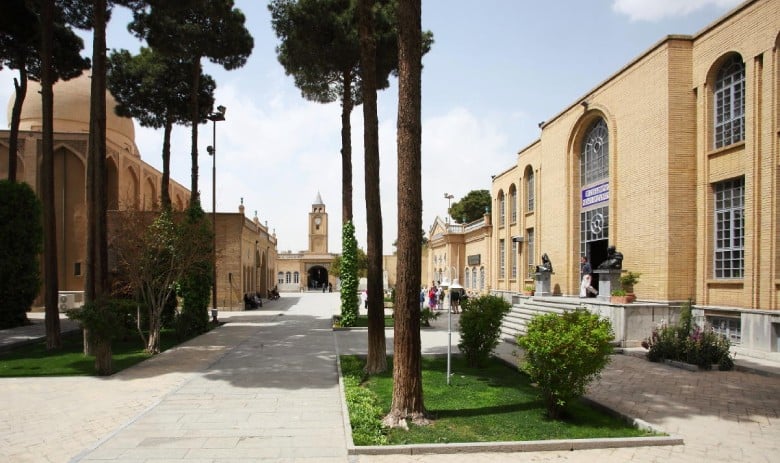
Upon entering Isfahan and crossing Hakim Nizami Street, one will come across a sign designating the area as Jolfa. New Jolfa is situated between Chaharbagh Bala and Hakim Nizami streets, located between the Marnan and Si-o-se Pol bridges. This district was established by the Armenians, with the backing of Shah Abbas, in the southern region of Zayandeh river. Presently, Jolfa Street stands as the most significant area in Isfahan for nightlife and cafes.
When you stroll along this street in the morning, the aroma of coffee will envelop you. Should you be fortunate enough to visit Isfahan during the spring season, you will discover that the balconies of residences and shops are adorned with vibrant spring flowers.
Things to Do in Jolfa
Strolling through the Jolfa neighborhood evokes a unique and invigorating sensation. While Jolfa itself stands as a notable tourist destination in Isfahan, it is advisable to explore additional attractions within Jolfa and its vicinity during your visit to this area.
Vank Cathedral

Vank Cathedral, also referred to as the Holy Savior Cathedral, stands as a significant landmark in the New Jolfa district of Isfahan, Iran. Below are some essential details regarding this historic sites. The cathedral was founded in 1606 by Armenian immigrants who were brought to Isfahan by Shah Abbas I.
Construction of the cathedral was finalized between 1655 and 1664, overseen by Archbishop David. While the exterior of Vank Cathedral is relatively unadorned, characterized by modern brickwork, it features a prominent freestanding belfry situated in the courtyard.
The interior boasts elaborate decorations, including exquisite frescoes, gilded carvings, and a richly tiled wainscot. The central dome is adorned with illustrations depicting the Biblical narrative of creation and the expulsion of man from Eden.
Architecturally, the cathedral merges Armenian and Persian styles, showcasing a domed sanctuary reminiscent of Iranian mosques and a semi-octagonal apse typical of Western churches.
The interior walls are embellished with murals that portray significant events from the life of Jesus, as well as the sufferings endured by Armenian martyrs at the hands of the Ottoman Empire.
Additionally, the cathedral complex houses a museum that displays Armenian artifacts, manuscripts, and various cultural items.
Bethlehem Church
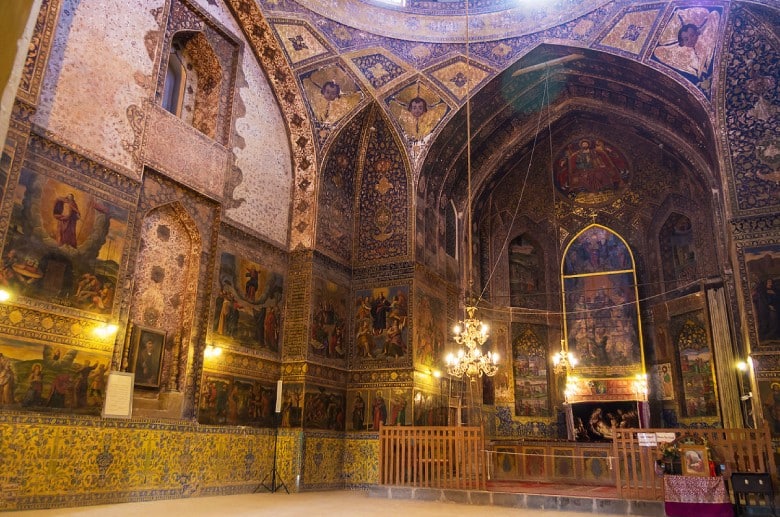
Bethlehem Church, also referred to as Bedkhem Church, is an important Armenian Apostolic church situated in the Jolfa district of Isfahan, Iran. Constructed in 1627 by an Armenian merchant named Khaje Petros during the Safavid period, the church was established to accommodate the Armenian population that had been moved to Isfahan by Shah Abbas I.
The architectural design features a rectangular layout topped with a prominent dome, which is the tallest among the twelve churches in the vicinity. Inside, the church is embellished with 72 remarkable paintings that illustrate various scenes from the life of Jesus.
These artworks are organized in two tiers, with the lower tier depicting events in a sequential manner and the upper tier presented in individual frames. The church exemplifies the rich cultural and artistic legacy of the Armenian community in Isfahan, distinguished by its stunning frescoes and intricate carvings.
The Armenian Museum
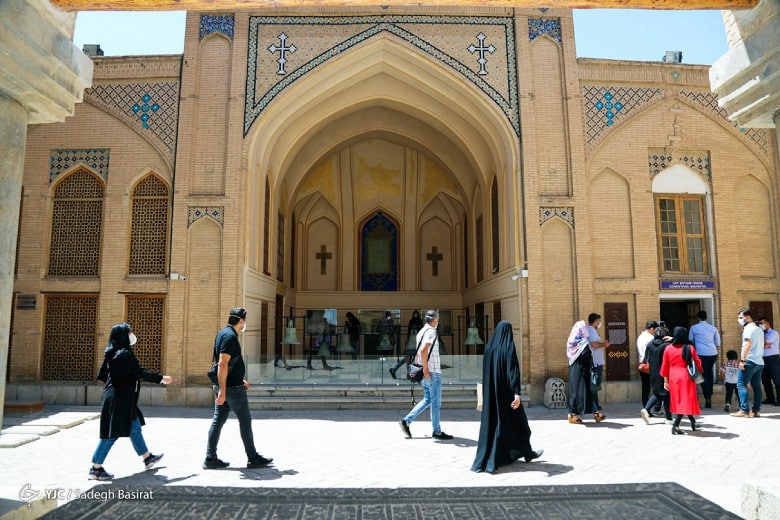
The Armenian Museum of Isfahan, situated in the New Jolfa district, serves as an intriguing venue that highlights the rich heritage and culture of the Armenian community in the area. Below are some essential aspects of the museum.
The museum contains a diverse array of artifacts, including ancient manuscripts, religious artifacts, and traditional Armenian attire.
Visitors can admire exquisite examples of Armenian artistry, encompassing paintings, carvings, and textiles. The museum also showcases significant historical documents that offer valuable insights into the lives and contributions of Armenians in Isfahan.
Atmosphere and Other Activities in Jolfa
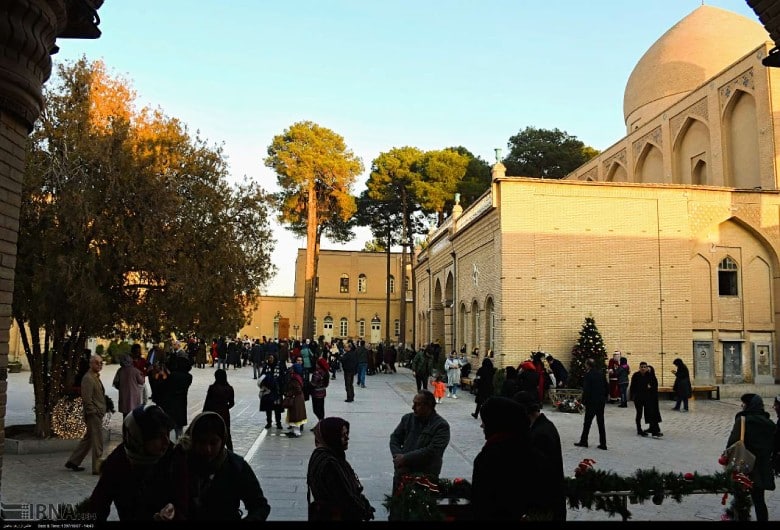
The neighborhood showcases a harmonious fusion of Persian and Armenian architectural influences, characterized by vibrant facades, elaborate tile work, and intricate carvings.
Jolfa is renowned for its energetic ambiance, featuring bustling markets, cafes, and eateries where visitors can savor local cuisine and desserts.
Tranquil Areas: The locale exudes a relaxed atmosphere, ideal for leisurely strolls to appreciate the sights at a comfortable pace.
The ideal times to visit Jolfa are during the spring months (March to May) and the fall months (September to November), as the climate is mild and enjoyable, facilitating exploration of the district’s narrow streets and historical sites.
Book Iran Flights
Buy Iran flight tickets at the lowest price
Explore Iran’s culture and history with affordable and reliable flight tickets.
Final Words
Jolfa stands as a remarkable representation of the lasting heritage and cultural depth of the Armenian community in Isfahan. This area showcases an intriguing fusion of Persian and Armenian cultures, providing visitors with a distinctive and unforgettable experience.
Currently, Jolfa is primarily an Armenian neighborhood, home to approximately 6,000 Armenians. The community actively preserves its unique Armenian identity, language, and traditions. While adhering to Iranian laws, they also uphold their cultural practices, which receive protection from the Iranian government.
Jolfa the Armenian Quarter of Iran, FAQ
What are the most known attractions in Jolfa of Isfahan?
In Jolfa, you can visit Vank cathedral, the Armenian museum and Bethlehem Church.
How many people live in Jolfa neighbor currently?
Today, Jolfa remains a predominantly Armenian neighborhood with a population of around 6,000 Armenians.
What is the best time to visit Isfahan and Jolfa neighbor?
Spring (March to May) and fall (September to November) are the best times to visit Jolfa.
